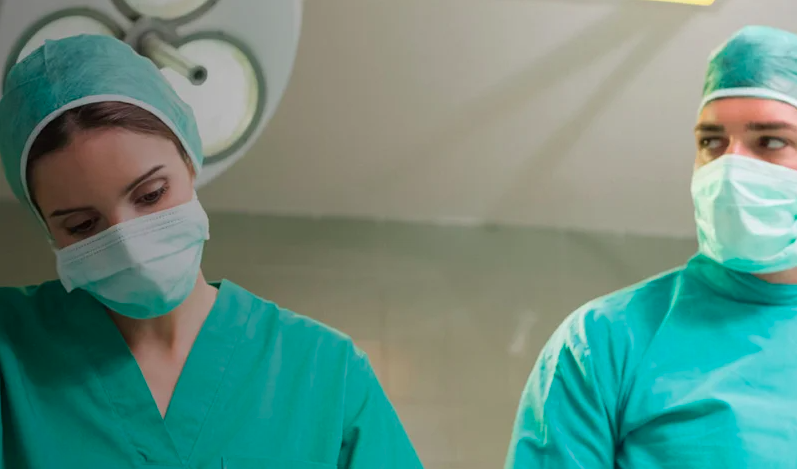Anaesthesia | Trauma | Airway management in trauma



Airway management in trauma
Session Overview
Description
This session will cover the techniques for managing the airway in the severely-injured patient.
Learning Objectives
By the end of this session you will be able to:
- Explain basic airway techniques for the trauma patient
- Describe cervical spine control in the trauma patient
- Describe rapid sequence induction and intubation in the trauma patient
- Recognize strategies for airway rescue in the severely-injured patient: supraglottic airway devices, cricothyroidotomy
Prerequisites
Before commencing this session you should complete:
- Module 03/Trauma/Primary and secondary survey/The primary survey (001-0356)
Airway management and cervical spine control is the first priority in the primary survey. Sufficient oxygen must be delivered to the tissues to avoid lethal organ failure and secondary central nervous system damage.
Airway management in the trauma patient can be challenging – the resuscitation room is busy and noisy, manual in-line stabilization reduces the quality of view at laryngoscopy, the patient often has a full stomach, and there may be considerable pressure to process the patient rapidly.
- Anaesthesia | Physiology | Mechanics of Ventilatio...
- Posted By eIntegrity Healthcare e-Learning
- Posted Date: 2025-02-21
- Location:Online
- This session continues to look at respiratory mechanics, including lung compliance, the role of surfactant and the factors that determine whether airflow is laminar or turbulent. Respiratory function tests are also explained
- Anaesthesia | Physiology | Ventilation/Perfusion A...
- Posted By eIntegrity Healthcare e-Learning
- Posted Date: 2025-02-21
- Location:Online
- This session describes how and why ventilation and perfusion vary in the healthy lung. Causes of hypoxia, such as hypoventilation, increased dead space and shunt, are discussed to help the trainee explain and manage hypoxia clinically.
- Anaesthesia | Physiology | Pulmonary Ventilation: ...
- Posted By eIntegrity Healthcare e-Learning
- Posted Date: 2025-02-21
- Location:Online
- This session covers the measurement and clinical importance of lung volumes, including functional residual capacity and dead space. Information regarding the performance and interpretation of flow-volume loops is also included.
- Anaesthesia | Physiology | Co2 Carriage in Blood a...
- Posted By eIntegrity Healthcare e-Learning
- Posted Date: 2025-02-21
- Location:Online
- This session covers the physiology of how carbon dioxide is carried by blood, including its conversion into bicarbonate ions and the role of the red blood cell and haemoglobin in this process. The session also describes how buffers work, and the fundament
- Anaesthesia | Physiology | Function of Haemoglobin...
- Posted By eIntegrity Healthcare e-Learning
- Posted Date: 2025-02-21
- Location:Online
- This session focusses on the function of haemoglobin in oxygen (O2) carriage from the lungs to other tissues where cells are supplied with the O2 required for oxidative phosphorylation in the mitochondria. We will cover the structure




